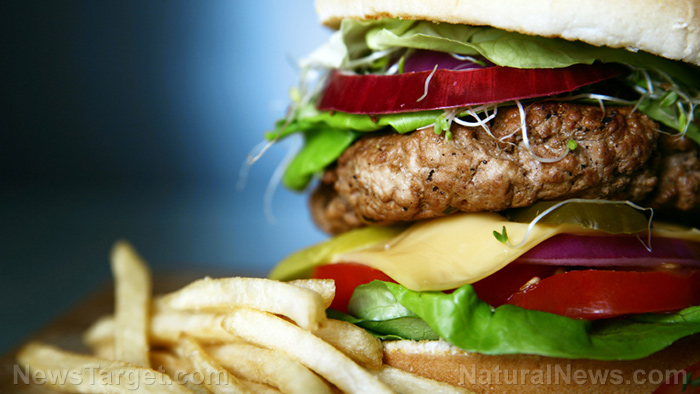The shocking truth reveals vegetables were more nutritious in 1950 than they are now
07/31/2018 / By Bridgette Wilcox

The fruits and vegetables of today have seen a decline in nutritional value, a report done by The Globe and Mail and CTV News found. In analyzing the fresh produce sold in Canadian markets, the report saw a sharp decrease in their vitamin and mineral content, compared to that of fruits and vegetables from the 1950’s.
The study took a look at 25 fruits and veggies, including the most popular ones in Canadian diets; specifically, potatoes, tomatoes, bananas, and apples. Each of them turned out to have lower nutritional value than their historical counterparts. For the analysis, seven key nutrients were examined, and a decrease in many of the nutrients was seen in the produce that was analyzed. The potato, for instance, lost 100 percent of its vitamin A content, 57 percent of its vitamin C and iron, and 28 percent of its calcium. Potatoes also lost 50 percent of their riboflavin content, and 18 percent of their thiamine content, with only niacin levels increasing.
In fact, nearly 80 percent of the food that was examined showed a decrease in calcium and iron, 75 percent showed a decrease in vitamin A, 50 percent showed a loss of vitamin C and riboflavin, 33 percent showed a decrease in thiamine, and 12 percent displayed a drop in niacin.
According to the report, the decrease in nutritional value can be attributed to modern farming methods, as well as transportation and cross-breeding practices. In addition, Phil Warman, an Agronomist and Agricultural Sciences Professor at the Nova Scotia Agricultural College noted in the report that the “emphasis is on appearance, storability, and transportability,” thereby compromising the nutritional value of fruits and vegetables.
These findings are echoed in another report, Still No Free Lunch, done by The Organic Center. The report explored the declining nutrient levels in United States food supplies, particularly fruits, vegetables, and grains. The researchers observed a decline in nutrients like iron, zinc, protein, calcium, vitamin C, and other nutrients by up to 25 percent even as the yield of these food items doubled, or even tripled.
For instance, the study discovered that as corn yield grew, its protein and oil content lessened. In the same way, higher tomato yields in terms of harvest weight had a lower concentration of vitamin C, lycopene, and beta-carotene. The quantity over quality trend was apparent even in dairy products. According to the report, milk from high-production dairy cows had a lower concentration of fat, protein, and other nutrients. The cows themselves were also found to be more susceptible to infections and metabolic and reproductive problems.
The report explained how modern farming methods designed to produce high volumes of crops affect the nutritional value of food.
“Together, the tactics farmers use to increase yields — including close plant spacing and the widespread use of chemical fertilizers, irrigation and pesticides — tend to create big plants that grow fast, but do not absorb a comparable quantity of many soil nutrients,” the report said.
High crop yields, as the report pointed out, does not necessarily lead to the end of global malnutrition, with many people still suffering from nutritional deficiencies due to the sub-par food supply. The report recommended a return to organic farming systems, which lead to healthier roots, higher micronutrient content, water infiltration, and retention, and microbial activity — all of which can aid in heightening the nutrient density in crops.
According to the study, organic food has a nutritional advantage over conventional food. Despite the lower volume, organic produce has between 20 to 30 percent more nutrients. This not only results in better taste, but makes it much more valuable than the deficient fruits and vegetables found in most markets today.
Learn more about the benefits of organic food at Organic.news.
Sources include:
Tagged Under: agriculture, farming practices, fruits and vegetables, mineral content, Organic, organic farming, organic food, organic produce, vitamin content



















